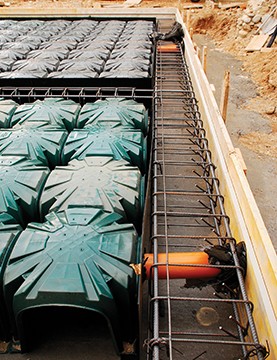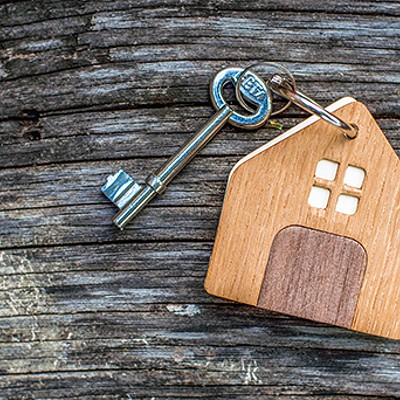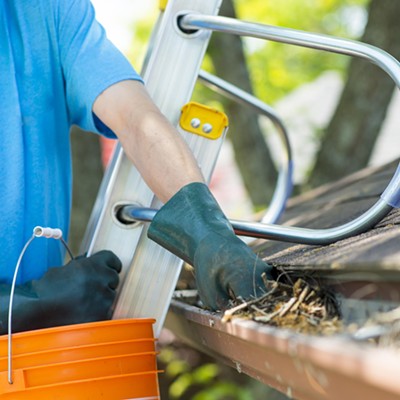
Where does radon come from?
Radon is a colorless, odorless radioactive gas that comes from the natural decay of uranium that is found in nearly all soils. If radon shows up in your home, it’s not your fault. Any home – new or old, sealed or drafty, with or without basements – can have a radon problem.
Radon is the second-leading cause of lung cancer, exceeded only by smoking. According to the Environmental Protection Agency, it’s responsible for 21,000 deaths per year.
There’s no easy way to check for radon. You can’t smell or see it, and even if your next-door neighbor has a test done, the levels can be different from house to house. You can use an inexpensive radon testing kit that you leave in your home for a few days, then send it to a laboratory for testing. If you purchase a radon testing kit, take care to follow the instructions exactly in order to get the best result. The most accurate information, however, comes from a professional radon test, which usually costs between $150 and $300. It is also often bundled into the cost of a standard home inspection.
Many states require a new system be installed before home closing if testing indicates radon levels exceed 4 picocuries per liter of air. And the EPA urges you to consider installing a mitigation system if testing shows more than 2 pCi/L.
What can I do about it?
Here’s the good news: Although you can’t stop it from emerging out of soil, radon can be safely vented from your home. You’ll pay between $800 and $1,200 on average, although this cost can go higher for larger homes.
The most common radon mitigation system drills a gap beneath the home to trap radon, then a fan forces radon out through a pipe. You can also use passive depressurization, which avoids use of a fan by taking advantage of the home’s naturally rising air to expel harmful gases. However, they’re not as effective in homes with high levels of radon. Homes can also be made radon-resistant with sealing to minimize radon from getting in, but this is not as effective as mitigation. Your radon professional can help you determine the system that’s right for you.
No federal agency licenses radon contractors, so check for state licensing and local requirements. After the work is done, conduct another test yourself or with an independent contractor to verify the radon has been removed. The EPA also strongly recommends that all new homes, even those that have been built with radon resistance or mitigation, be tested after occupancy.
Paul F.P. Pogue is a reporter for Angie’s List, a provider of local consumer reviews and an online marketplace of services.





















